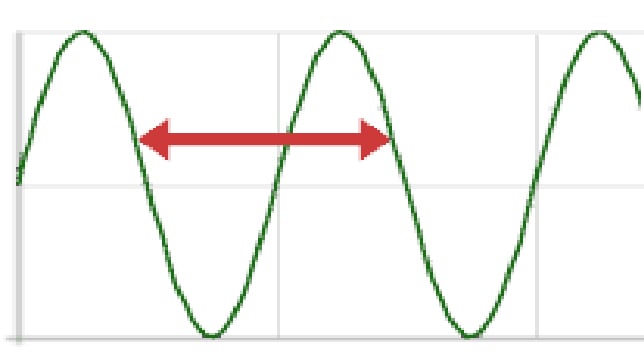Introduction To Audio Quiz
(160).webp)
The 'Introduction to Audio Quiz' assesses understanding of basic audio concepts, including sound frequencies, audio file formats, and sound wave properties. It is designed to test knowledge crucial for audio engineering, enhancing learners' grasp of how sound operates and its technical representation.
- 1.
Define the word: Frequency
- 2.
Audio specifically means the range of ___________ detectable by the human ear.
Explanation
The correct answer is "frequencies". Audio refers to the range of frequencies that can be detected by the human ear. This includes the different pitches and tones that make up sound. The other options, "frequency", "frequncy", and "freqency", are misspelled variations of the correct term.Rate this question:
- 3.
MP3 is a common audio file format. Name another common audio file format from your notes. _________________.
Explanation
The correct answer is "wav". WAV (Waveform Audio File Format) is a commonly used audio file format that stores audio data in a lossless uncompressed format. It is widely supported by various media players and audio editing software. AIFF (Audio Interchange File Format) is also a common audio file format that is similar to WAV and is often used on Apple devices.Rate this question:
- 4.
The highest pitch that the human ear can hear is 20mHz.
- A.
True
- B.
False
Correct Answer
B. FalseExplanation
The given statement is false. The highest pitch that the human ear can hear is typically around 20,000 Hz (or 20 kHz), not 20 mHz. The human ear's audible range is generally between 20 Hz and 20 kHz, with the ability to perceive higher frequencies declining with age. Frequencies below 20 Hz are considered infrasound, while frequencies above 20 kHz are considered ultrasound.Rate this question:
-
- 5.
The graphical display of a sound pressure wave over time is a ____________.
Correct Answer
waveformExplanation
A waveform refers to the graphical representation of a sound pressure wave over time. It shows the variations in the amplitude of the sound wave as it changes over time. By analyzing the waveform, one can determine the characteristics of the sound, such as its frequency, duration, and intensity. Therefore, the correct answer is "waveform."Rate this question:
- 6.
Sound is caused by:
- A.
The Eardrum
- B.
Vibrations of and Object
- C.
Waveforms
- D.
None of the These
Correct Answer
B. Vibrations of and ObjectExplanation
Sound is caused by vibrations of an object. When an object vibrates, it creates a disturbance in the surrounding air particles, causing them to vibrate as well. These vibrations travel through the air in the form of waves, which are then detected by our ears. The eardrum plays a role in transmitting these sound waves to the inner ear, where they are converted into electrical signals that our brain interprets as sound. Therefore, the correct answer is "Vibrations of an Object."Rate this question:
-
- 7.
What does the red arrow represent?
Correct Answer
WavelengthExplanation
The red arrow represents wavelength. Wavelength is the distance between two consecutive points in a wave that are in phase, such as the distance between two consecutive crests or two consecutive troughs. It is usually measured in meters or nanometers. The red arrow in this context likely represents the length or measurement of the wavelength.Rate this question:
- 8.
The ________the source vibrates the higher the frequency.
Correct Answer
faster
quickerExplanation
The correct answer is "faster" because frequency is directly proportional to the speed of vibration. When the source vibrates at a higher speed, it produces more cycles per second, resulting in a higher frequency. Similarly, "quicker" also implies a higher speed, so it can be considered as a correct answer as well.Rate this question:
- 9.
The letters AIFF stand for:
Correct Answer
Audio Interchange File FormatExplanation
The letters AIFF stand for Audio Interchange File Format. AIFF is a standard audio file format used for storing high-quality audio data on computers and other electronic devices. It was developed by Apple Inc. and is commonly used in Macintosh systems. AIFF files are uncompressed, which means they retain the original audio quality without any loss of data. This format is widely supported by audio software and is commonly used for professional audio production and editing.Rate this question:
Quiz Review Timeline +
Our quizzes are rigorously reviewed, monitored and continuously updated by our expert board to maintain accuracy, relevance, and timeliness.
-
Current Version
-
Jan 09, 2025Quiz Edited by
ProProfs Editorial Team -
Oct 12, 2010Quiz Created by
Pmarcelin



